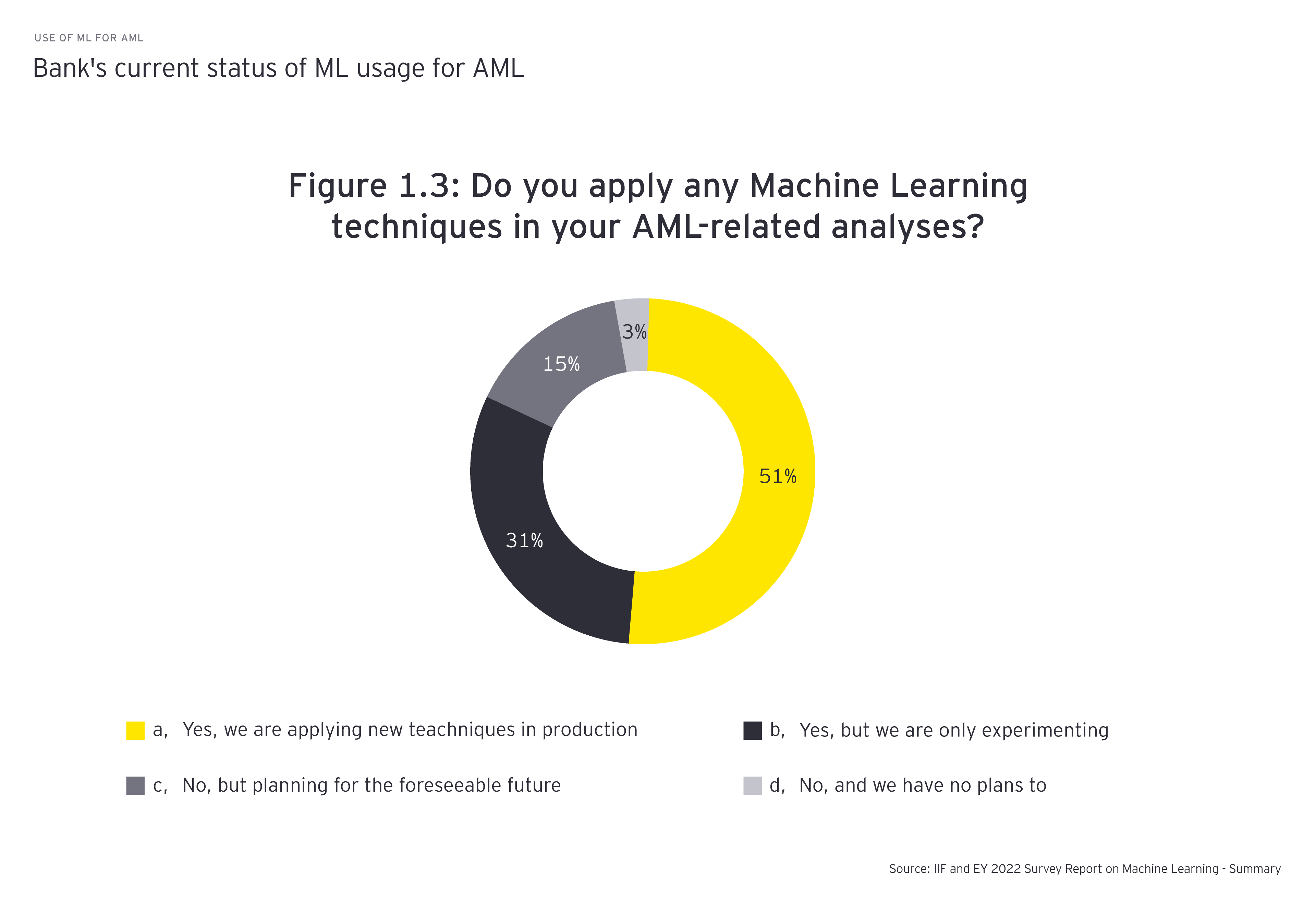Graph analytics is a powerful tool that can help combat financial fraud by uncovering hidden patterns and relationships between individuals and organizations. By using advanced algorithms to analyze complex networks of data, investigators can identify suspicious behavior that may be indicative of fraudulent activity. As the technology continues to evolve, it is likely that graph analytics will play an increasingly important role in the fight against financial fraud.
High potential
Both the use of AI and graph analytics offer great potential to optimize and improve current processes for combating financial fraud. However, a successful implementation of these technologies depends on some critical success factors.
One of the main challenges is the need for large amounts of high-quality data. Without good data, these technologies cannot effectively identify patterns and anomalies. Banks must also ensure that they are using the right algorithms and models to analyze this data, and that these algorithms and models are constantly updated to reflect new types of fraudulent activity.
Another challenge is the need for skilled personnel who can effectively use and interpret the results of AI and graph analytics. Banks must invest in training their staff to use these technologies and interpret the results. They must also ensure that they have the right infrastructure in place to support these technologies, including the necessary hardware and software.
In conclusion, AI and graph analytics are powerful tools that can help banks identify and prevent financial crimes. By analyzing large amounts of data and identifying patterns and anomalies, these technologies can help banks stay ahead of the curve and prevent new types of fraudulent activity. However, implementing these technologies is not without its challenges, and banks must invest in the right infrastructure and personnel to effectively use and interpret the results of these technologies.



